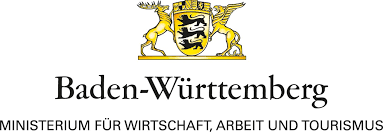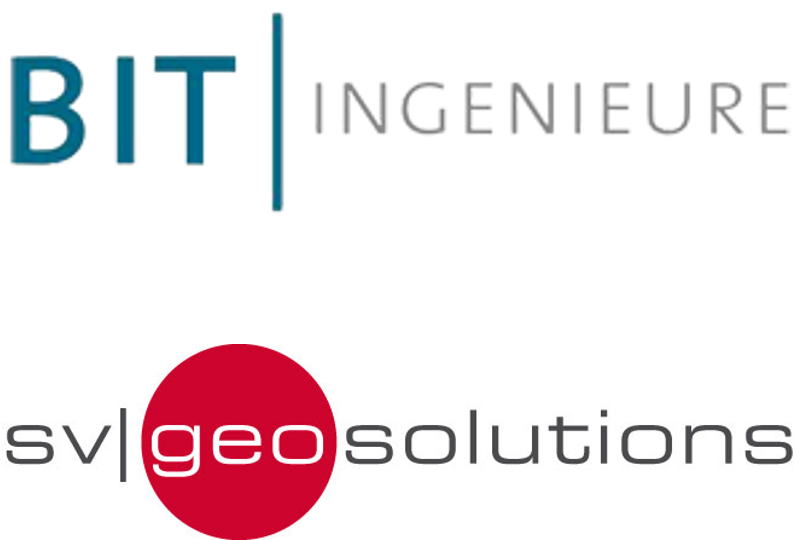

Extreme weather conditions are becoming increasingly common due to climate change. That includes heavy rainfall which can cause huge floods in just a short space of time and consequently become a hazard.
Reliable protective concepts for potential flooding risks based on 3D data
Protective concepts used to assess the risks of extreme weather conditions are based on image data, which is typically gathered using laser scanners on drones flying at great altitudes. Currently, simulations, for example for potential flood risks, are conducted in half-meter sections. Due to this comparatively coarse grid, smaller structures and objects, for example walls, curbstones or small bodies of water are not detected. The same goes for some structures such as underpasses, which are not recognized due to the lack of 3D perspective during data interpretation. Extensive quantities of data are currently evaluated in a time-consuming process via visual inspection and interpretation. This also often requires additional, detailed data to be recorded on-site when the resolution or quality of previously recorded data is insufficient.
Automated data interpretation using AI-based algorithms
The aim of the 3D-Hydra project is an automated process, in which high-resolution point clouds are automatically analyzed, semantically enriched and transfered into a 3D model. These point clouds are gathered on drone flights, automatically detecting typical urban objects such as walls, curbstones, façades and underpasses and presenting them in textured point clouds. The result of the digital process chain is a micro 3D model which is accurate to the nearest centimeter. This will serve as the basis for high-resolution flow simulation and flood risk maps.


